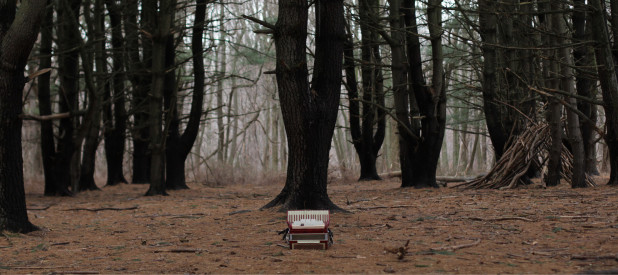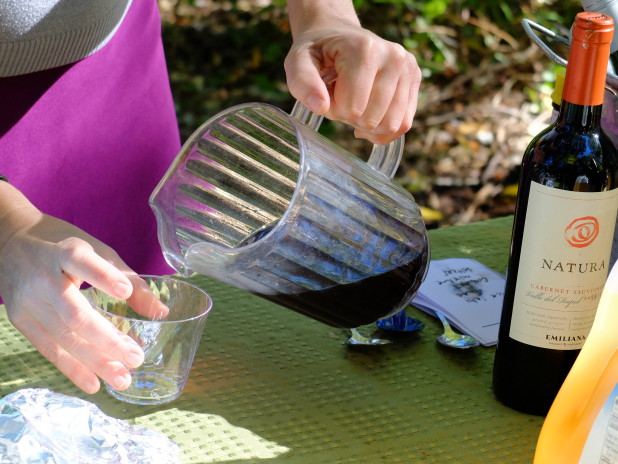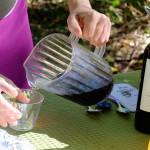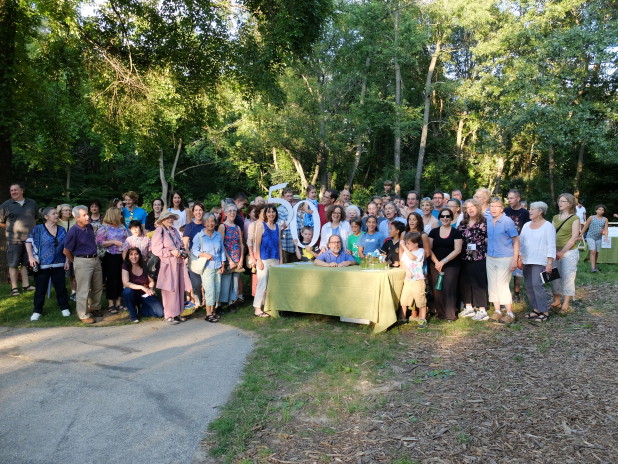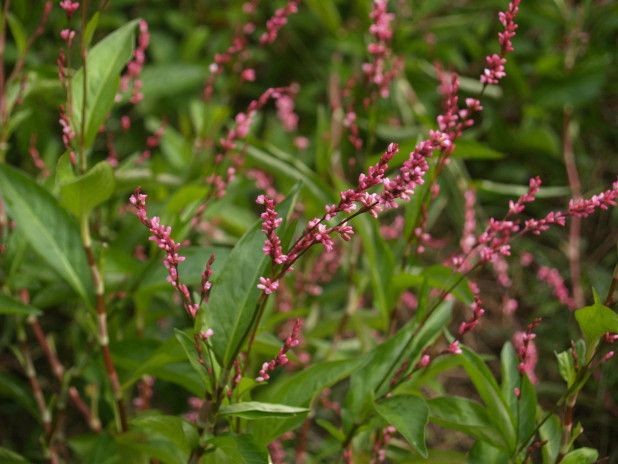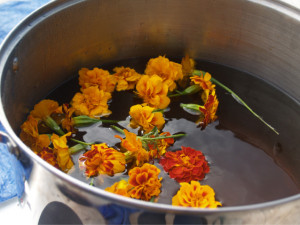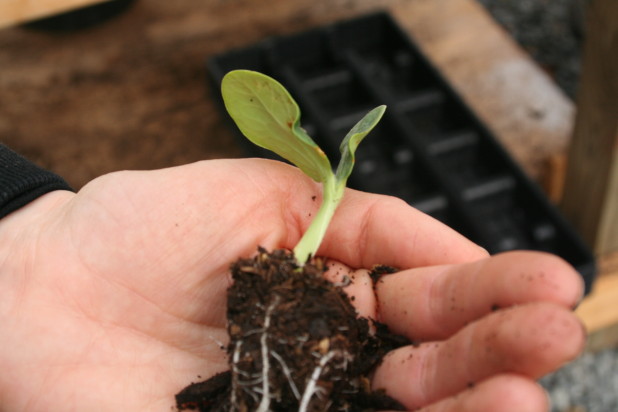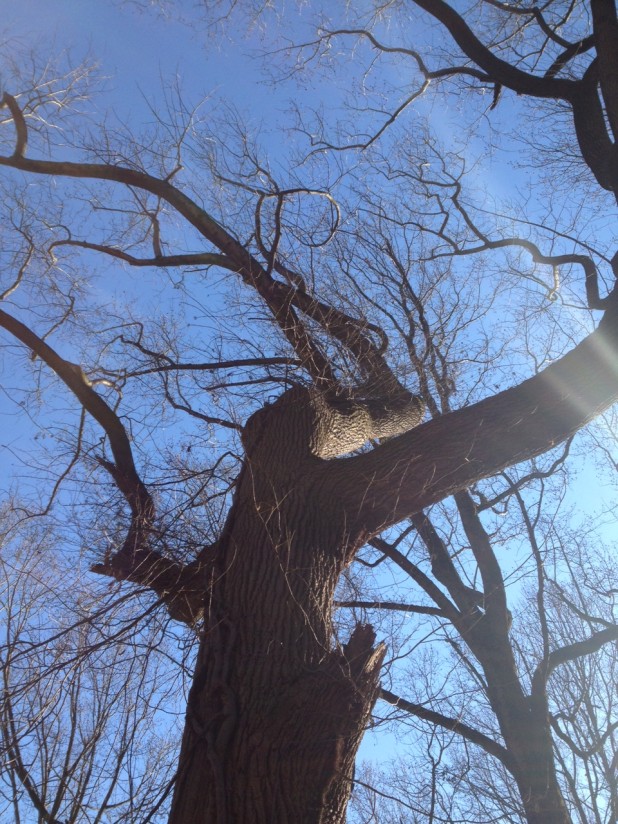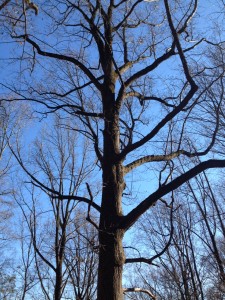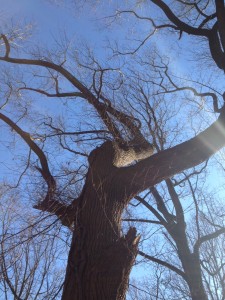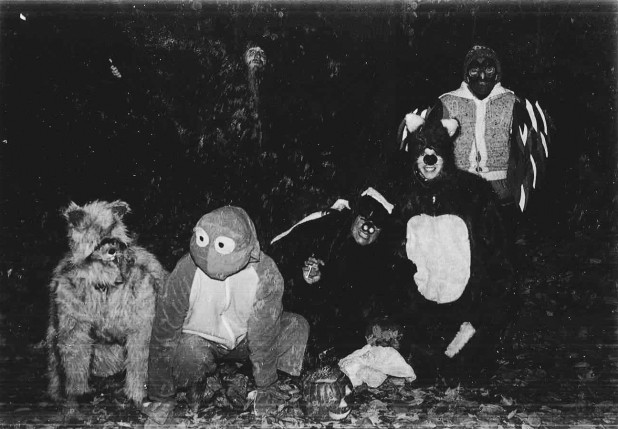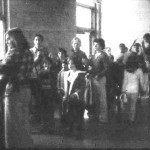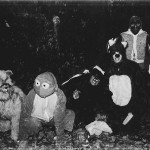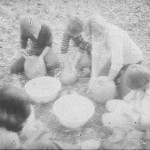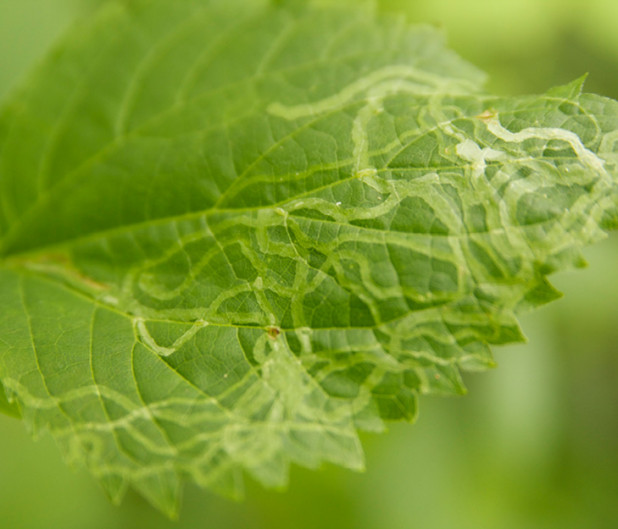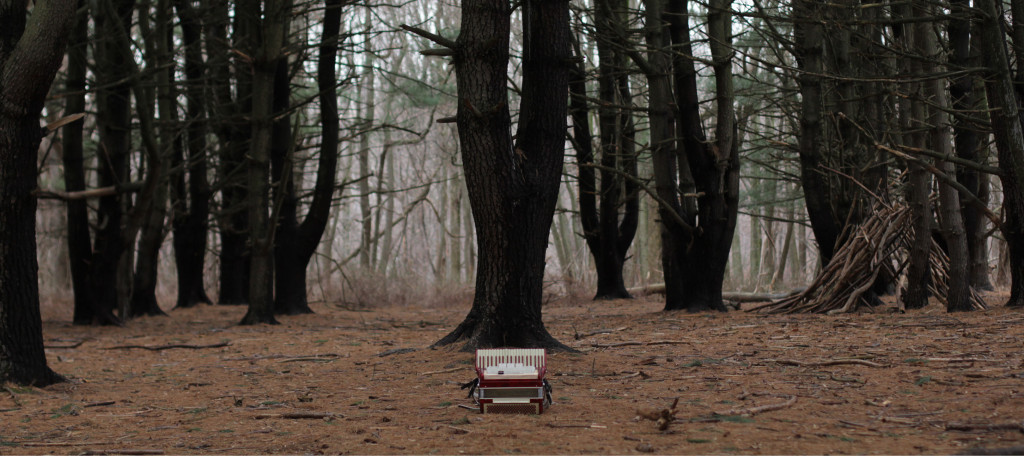
By Christina Catanese, Director of Environmental Art
Imagine the quiet of a grove of tall pine trees, the impressions of your footsteps barely audible on a cushion of pine needles, punctuated by the occasional bird or creaking limb. Now, imagine the soundscape also includes an ethereal voice accompanied by the haunting notes of an accordion. You’ll have the opportunity to experience precisely these sounds this summer, as artist Jane Carver performs a special one night only concert in our Pine Grove.
Carver is a Philadelphia-based artist and musician who is part of our summer exhibition, Making in Place. She started playing classical music when she was quite young, then branched out into folk music as a teenager. She is primarily a vocalist and an accordionist, both of which she will share in her concert in July.
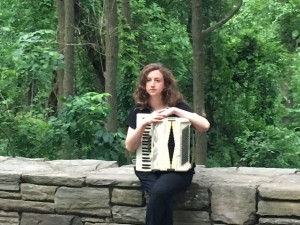 For Carver, performing is a way that she can connect with others. “I love singing with other people,” she says, “That’s my joy.” Carver now sings with Svitanya, a women’s vocal ensemble that specializes in Eastern European folk music. Carver describes listening to folk music as the experience of “hearing something completely unfamiliar and feeling like you’re home.”
For Carver, performing is a way that she can connect with others. “I love singing with other people,” she says, “That’s my joy.” Carver now sings with Svitanya, a women’s vocal ensemble that specializes in Eastern European folk music. Carver describes listening to folk music as the experience of “hearing something completely unfamiliar and feeling like you’re home.”
At the opening reception for Making in Place in May, Carver performed a few songs in our amphitheater, and this idea truly resonated with me. Most of the lyrics were in Bulgarian and so I could not directly understand the meaning, yet as I listened to Carver along with the wind in the trees of the Schuylkill Center and the sounds of playing children, I felt it. Carver says that the fundamental point of performing is to “create a moment that everybody can be part of,” and in the moment of her performance, we were.
In addition to her site-specific performances, Carver spent the past few months taking field recordings at the Schuylkill Center and blending them with her own music to develop a sound piece designed to be experienced as visitors walk along our trails. Signs in the gallery and at the entry points to the Widener Trail detail how to listen to it on your own device as you explore the Schuylkill Center property.
Carver says that it has been valuable to her to be an artist at the Schuylkill Center, with space to explore her ideas and respond to our site. She reflects, “The Schuylkill Center is so important because it provides various means of access to incredibly important resources. I feel lucky to have the opportunity to be an artist within this site and hopefully share these resources with a greater public through my work.”
As our environmental art program grows and develops, we hope to offer more performance events and multidisciplinary art experiences, expanding from environmental art to environmental arts. If you couldn’t join us for the opening reception, I hope you won’t miss seeing Carver perform this summer – it’s sure to be a special night.
Editor’s Note: Quotations from this video were drawn from an interview with Jane Carver conducted by students from St. Joseph’s University’s Beautiful Social program in collaboration with the Schuylkill Center. An excerpt from this piece was published in our summer newsletter in June 2017.

